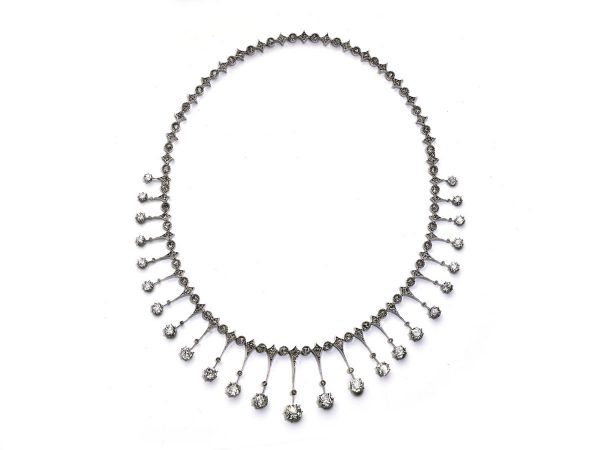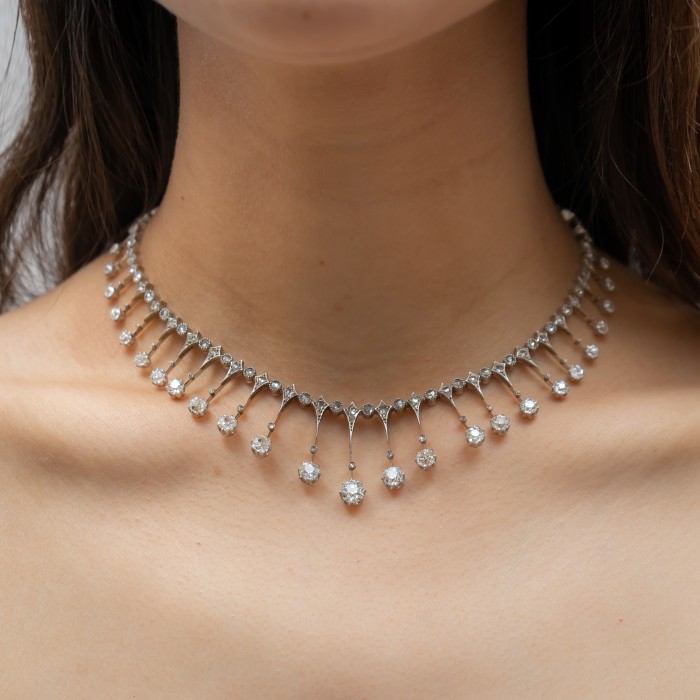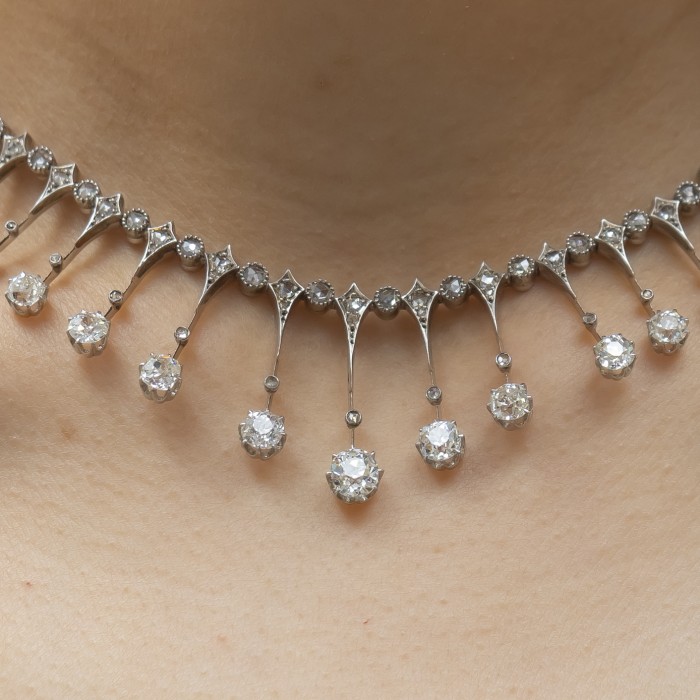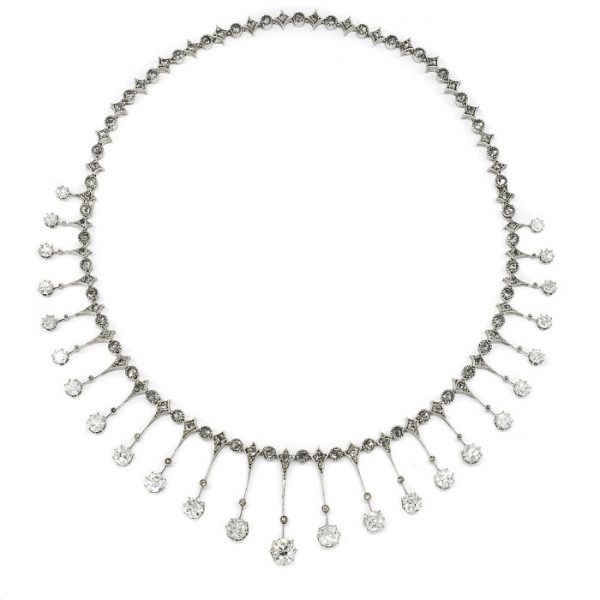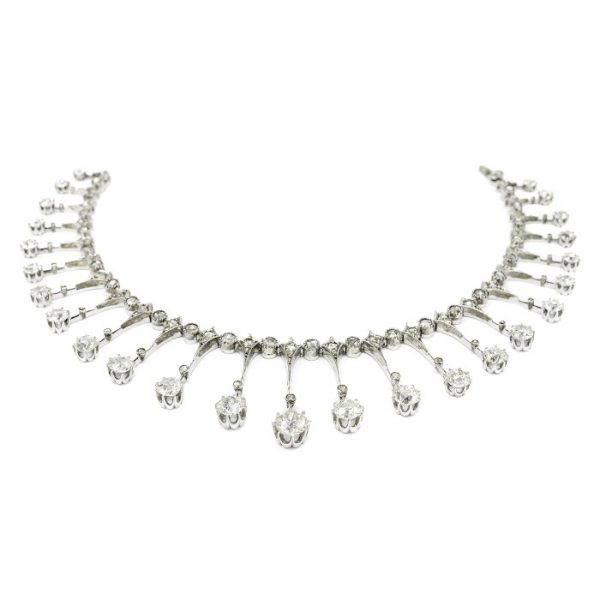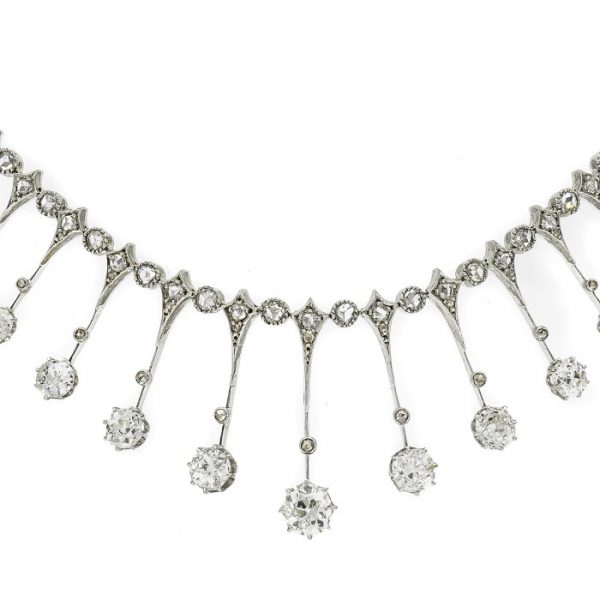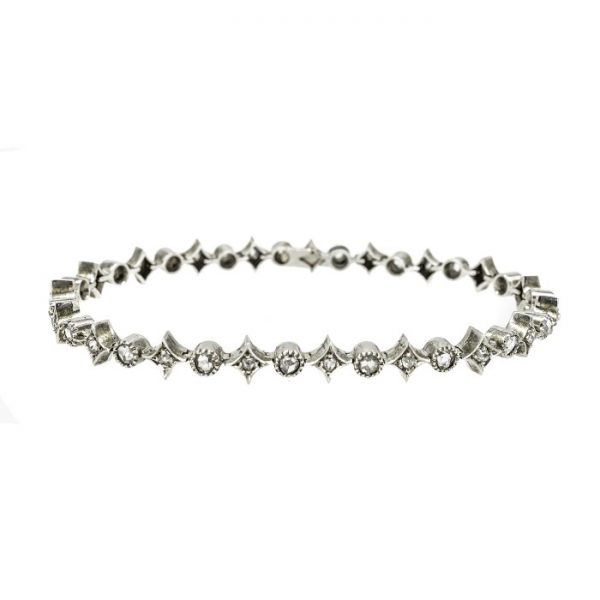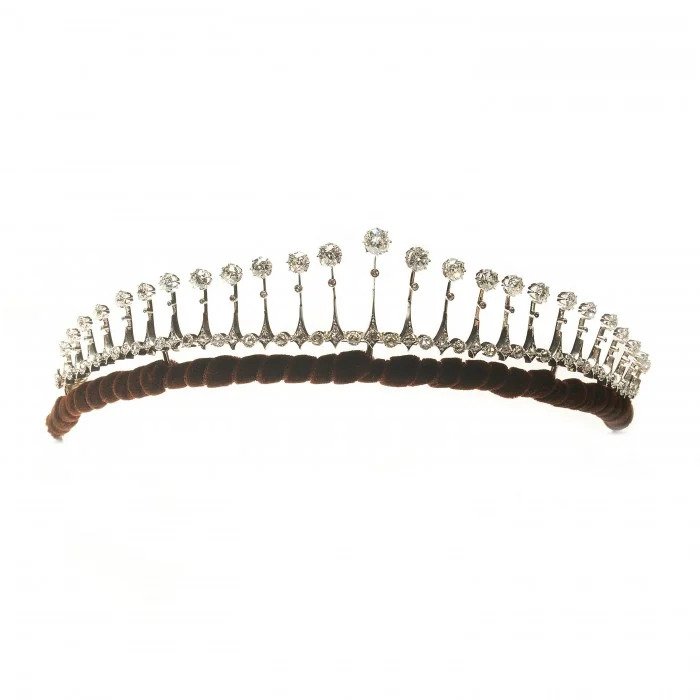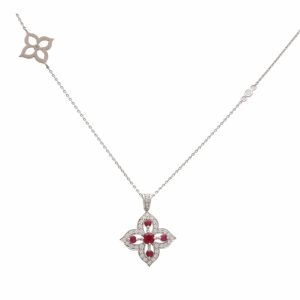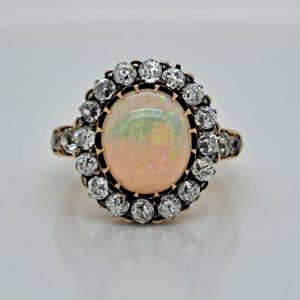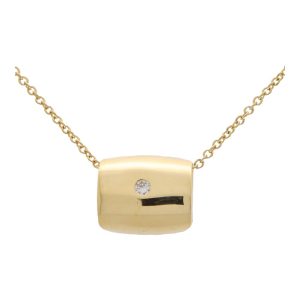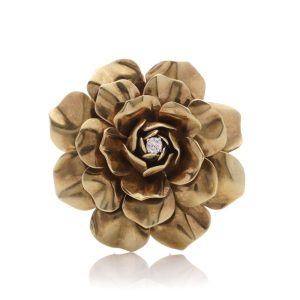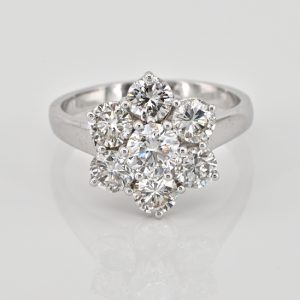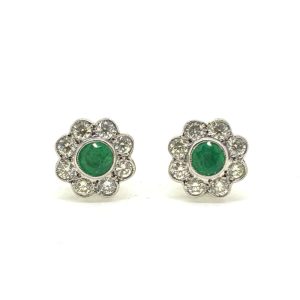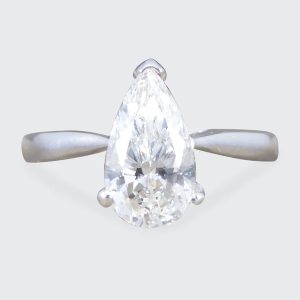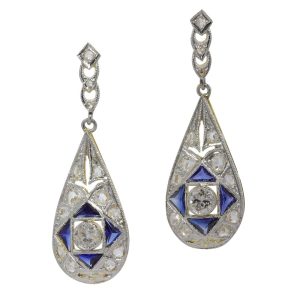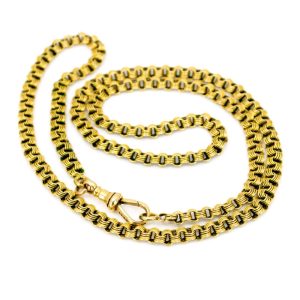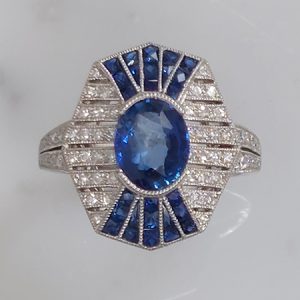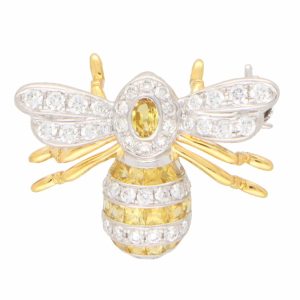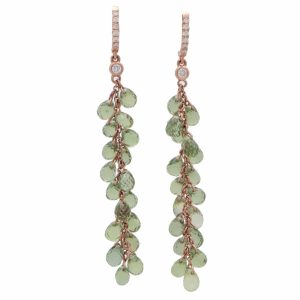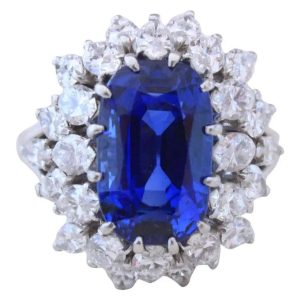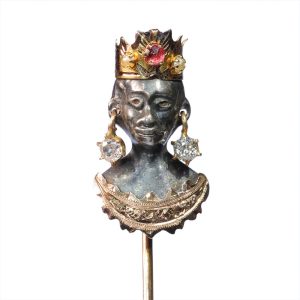Antique French Diamond Fringe Tiara Necklace
Antique French Diamond Fringe Tiara Necklace, Circa 1910
An Edwardian diamond fringe tiara which converts to a necklace. Set with with rose-cut diamonds in rub over settings, alternating with graduating old-cut diamond drops. Mounted in silver-upon-gold. Circa 1910.
The back piece detaches to wear as a separate bracelet.
- Diamonds: approx. 12.00 carat total
- Hallmarks: Bears French marks for 18ct
- Country of Origin: France
- Length: approximately 48cm
- Gross weight: approx. 32 grams
Product SKU
MO-S10218N
£48,000
1 in stock
Antique French Diamond Fringe Tiara Necklace
Price: £48,000 | Product SKU: MO-S10218N
Please use the form below to enquire about this item. Alternatively you can call us directly on 020 7438 2046 or email us at Sales@jewellerydiscovery.co.uk.

